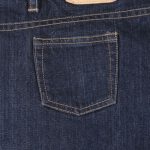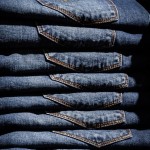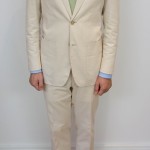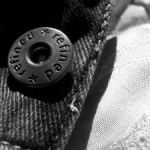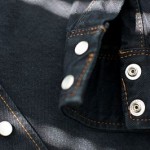
by MakeYourOwnJeans | denims, jeans |
Stretch denim has become increasingly popular over the past few years, and for good reason: it lives up to its namesake by featuring a stretchier, more elastic material. Whether it’s used in the construction of jeans, dresses, skirts, or any other garment, you really can’t go wrong with stretch denim. But what exactly makes it different from regular denim? This is a question that we’re going to answer in today’s blog post. Material As you may already know, regular denim is durable material that’s made of cotton twill. The unique construction in which twill fabric is interwoven together creates a superior level of strength that’s unmatched by other fabrics and materials. Subsequently, denim jeans have become the de-facto standard style of pants for millions of men and women. Stretch denim differs in terms of construction by including a small amount of elastic material. In addition to the cotton twill, spandex or a similar elastic fabric is included in stretch denim. According to Wikipedia, stretch denim with just 3% spandex can increase its stretching capacity by as much as 15%. That’s a pretty substantial amount to say the least. Origins of Stretch Denim It’s believed that American textile chemist Joseph Shivers created the world’s first stretch denim material. Shivers was responsible for pioneering Spandex back in the late 1950s. Soon after, Spandex made its way into the fashion industry, with manufacturers including this highly elastic material into their garments and accessories. Cost In terms of cost, you can usually expect to pay more for stretch denim than standard denim. This is due to the fact that stretch denim is more...
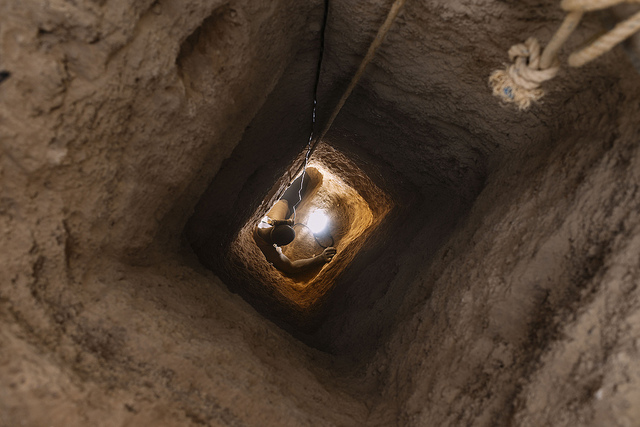
by MakeYourOwnJeans | denims |
Michael Allen Harris isn’t your typical businessman. This adventure-seeking entrepreneur has come up with a bold new way to earn money: he “mines” vintage denim and sells them to collectors for a profit. As first reported by TheGuardian, Harris began his venture by collecting scraps of old denim that were scattered across the blistering-hot deserts of the Southwest. Harris would travel to California, Nevada and Arizona alongside his father-in-law, whom was a geologist. While his father would collect samples of rocks and survey landscapes, Harris was busy collecting worn and battered pieces of denim. You might be wondering why Harris — or anyone for that matter — would actively seek out pieces of worn and damaged denim. After all, can’t you just buy new denim at your local apparel store? Harris didn’t just uncover any type of denim. The denim he found was some of the oldest specimens in the world, often dating back well over a century. You have to remember that the Southwest was an area characterized by the Gold Rush back then. During this time, Levi Strauss would sell his jeans and other equipment to the miners here. Just how much money are these early-model Levi jeans worth? In his interview, Harris said he recently sold a pair for $30,000. He also claimed to have received an offer of $100,000. Now those are some expensive jeans! Digging up the old vintage denim is easy the part. It’s finding a buyer that’s difficult. After placing several pieces up for sale on eBay, Harris eventually came into contact with a Japanese collector. Harris sold the collector a vintage...
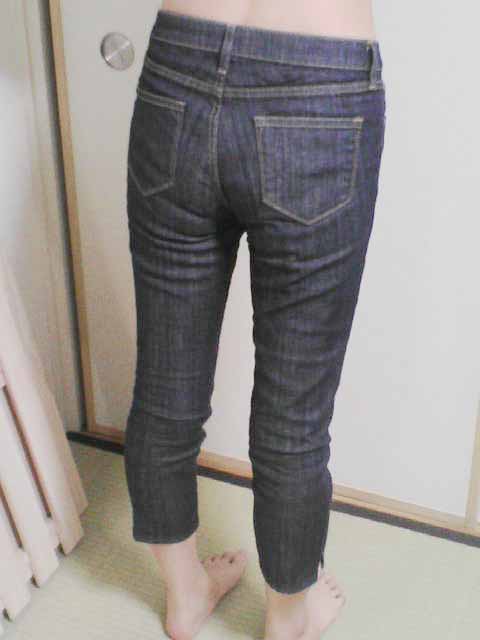
by MakeYourOwnJeans | denims, Fashion |
Denim jeans come in dozens of different styles and cuts, each of which has its own unique characteristics. Boot-cut, for instance, has a wider opening around the ankles, allowing the jeans to go over the wearer’s boots instead of clumping up at the top. Another popular type of jeans is slim-fit, which we’re going to discuss further in today’s blog post. Characteristics of Slim-Fit Jeans Slim-fit jeans (also known as skinny jeans) live up the name by featuring snug, tight fit through the legs and end with an opening at the ankle of 9-20 inches, depending in the size. Unlike drainpipe jeans which are straight throughout the leg, however, slim-fit jeans taper off so they look slimmer. The legs are often so slim, in fact, that manufacturers must add zippers to the bottom so the wearer can pull the jeans over his or her feet. If boot-cut jeans are on one spectrum of the denim wheel, slim-fit would be on the opposite end. This is due to the fact that slim-cut jeans feature a very narrow leg that tapers off towards the end, whereas boot-cut jeans are naturally wide and open even wider around the ankles. Benefits of Wearing Slim-Fit Jeans Why are so many men and women eager to jump aboard the slim-fit denim bandwagon? There are a number of factors attributing to the growing trend of slim-fit jeans, one of which is its ability to enhance a person’s natural body type. When you wear baggy, oversized jeans, it creates the dreaded “clothes hanger” effect in which your jeans appear to hang off your body. Such appearances are...
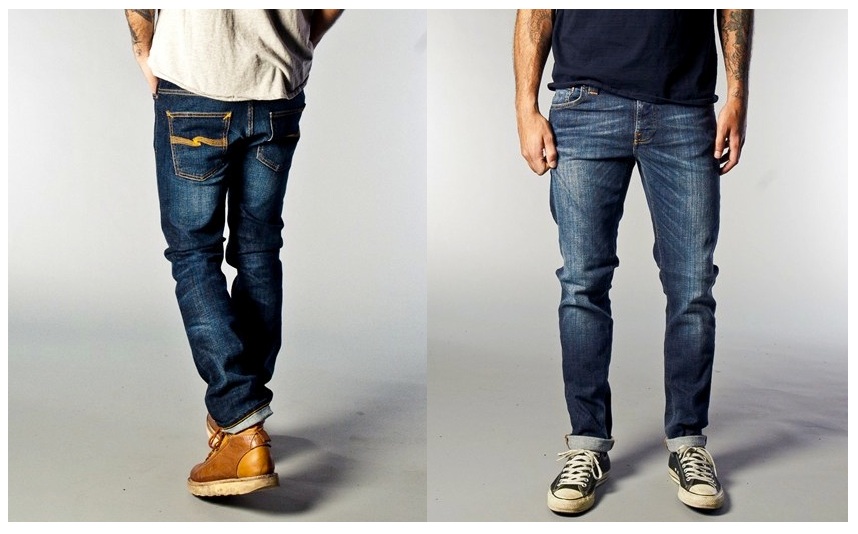
by MakeYourOwnJeans | denims |
Who says denim is used strictly to make jeans? While this is probably the most common use for denim, it has dozens of other uses as well, some of which will probably surprise you. Footwear In addition to being used in jeans, denim is also used to produce shoes, boots and other types of footwear. It offers a stylish appearance that’s not found in other materials while preserving the natural characteristics of denim that make it such an attractive fabric. So whether you’re looking for a new pair of everyday tennis shoes, sneakers, or even boots, you can’t go wrong with denim. Accessories You don’t have to search very hard to find accessories made of denim. Some of the most common types of denim accessories include belts, handbags and totes. The denim fabric is used to either encase the accessory’s existing structure, or it’s produced in layers to form a thick sheet of denim. Denim accessories were incredibly popular back in the 1990s, but began to die out in the years to follow. With that said, they are currently seeing a strong comeback, with both men and women wearing them. Clothes We can’t talk about the many uses of denim without mentioning clothes. People have worn clothes made of denim for over a century, which is a pretty impressive feat in itself. What’s even more impressive, however, is that denim continues to be one of the most popular fabrics for clothes. All types of garments are made of denim, including jeans, shorts, skirts, dresses, shirts, and jackets. Unlike most other styles of clothes, denim remains just as popular —...
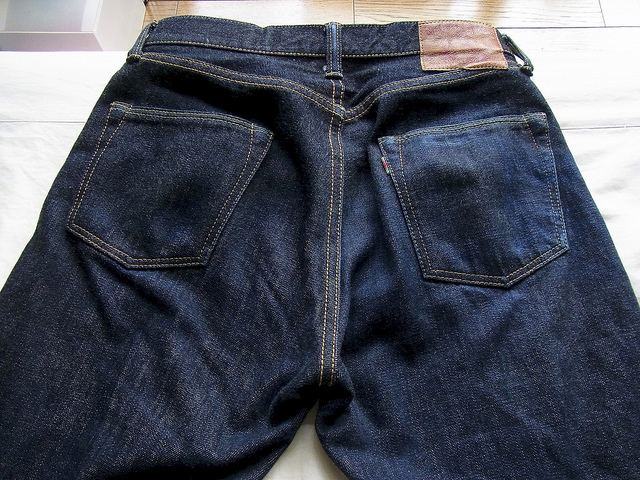
by MakeYourOwnJeans | denims, Jackets |
Denim jeans have become the de-facto standard for men and women’s pants. They’ve been worn for over a century, and even today they remain the most popular style of pants in the world. But why do so many people choose denim jeans over other styles of pants? Let’s take a look at some of the top reasons to wear denim jeans… #1) They are Durable When it comes to strength and durability, denim jeans are the undisputed winner. They are designed to withstand the stress of everyday wear, offering countless months of use without showing any signs of damage. This is in stark contrast to many other types of pants, which will degrade after just a couple of rounds in the washing machine. #2) More Colors Than Just Blue It’s a common assumption that denim jeans are only available in indigo blue, but this couldn’t be further from the truth. While most men and women prefer indigo, jeans are available in dozens of other colors, including white, red, yellow, green, and practically any other color you can think of. So if you’re looking to make a fashion statement, consider wearing a non-Indigo color. It’s a simple way to set yourself apart from the crowd while maintaining a fashion-forward appearance. #3) Jeans are Versatile Okay, saying that jeans are “versatile” is somewhat of an understatement. You can wear them for casual occasions, semi-formal occasions, and more. Regardless of what the occasion calls for, you really can’t go wrong with a good pair of denim jeans. This level of versatility is something that’s not found in other pants, making them a...
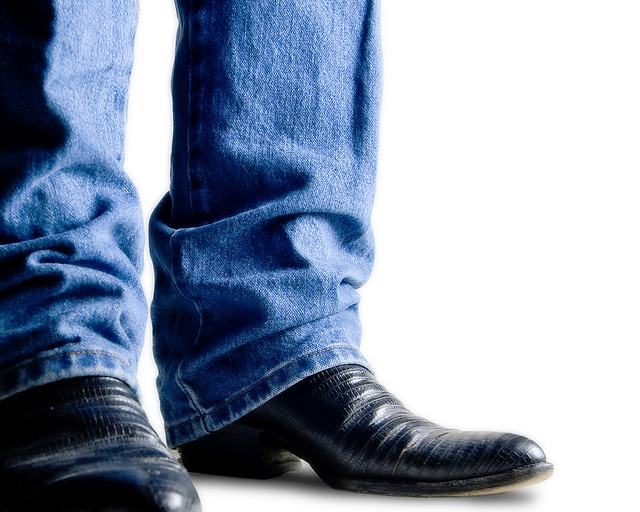
by MakeYourOwnJeans | denims, Fashion |
Whether you’re a man, woman, young or old, you probably own at least one pair of denim jeans. This versatile garment has become the de-facto standard for everyday pants. You can wear them to work (at most workplaces, at least), out to dinner, to run errands, and for many other occasions. This level of versatility isn’t found in other pants, which is one of the reasons why denim jeans are so popular. But what if you’re tired of wearing the same indigo-colored denim jeans? Thankfully, you’ll find jeans are available in a wide range of colors and styles, including various “fade” styles. Opting for one of these fade styles is a fun way to spruce up your look while still preserving many of the characteristics that make denim jeans so popular. So if you’re thinking about wearing a different style of jeans, keep reading for an in-depth breakdown of the different fade styles. Honeycombs — this fade style lives up to its namesake by featuring honeycomb-shaped fade marks behind the knees. Being that the marks are located behind the knees as opposed to the front, it’s a subtle style that’s not overbearing. Honeycomb fade jeans are the perfect choice of pants for men and women who want to set themselves apart from the crowd while still maintaining a somewhat conservative look. Whiskers — another popular fade style used in denim jeans is whiskers. This style is characterized by faded marks around the crotch and mid-section that resemble whiskers. Stacks — a bolder and more unique fade style found in denim is called stacks. Stacks are created by making the...








